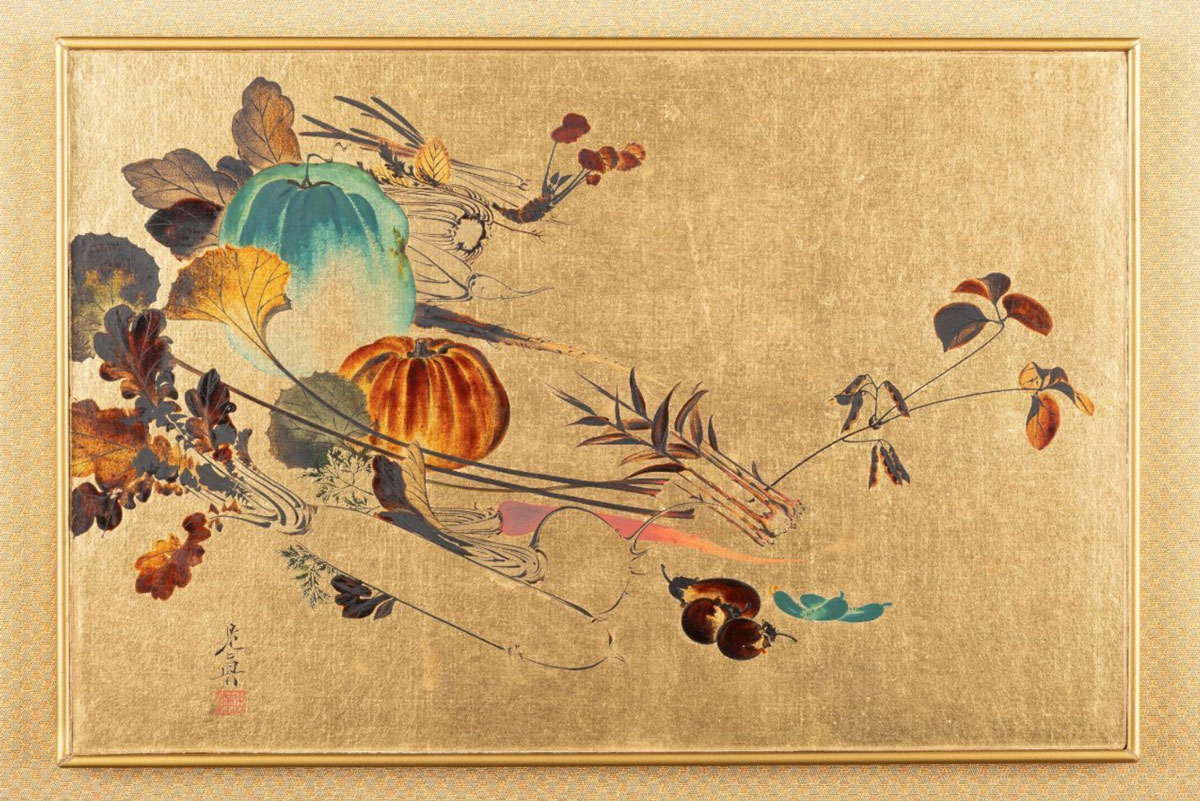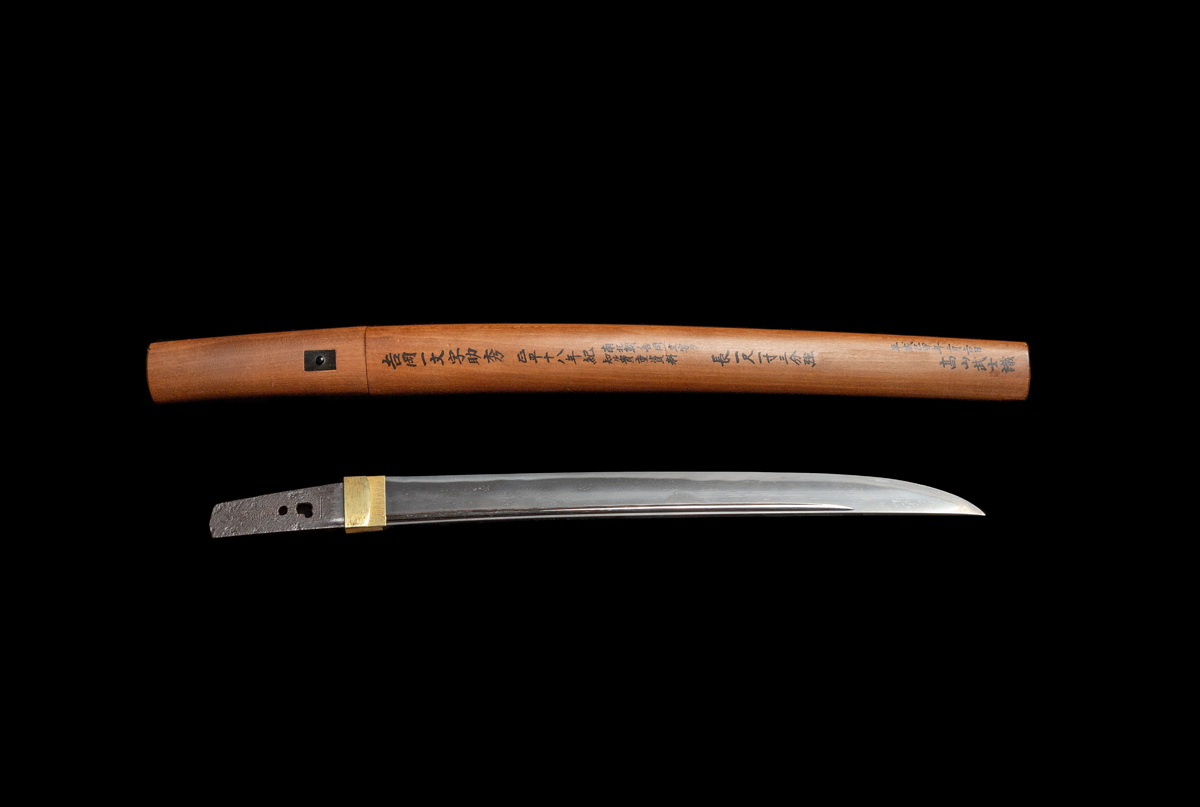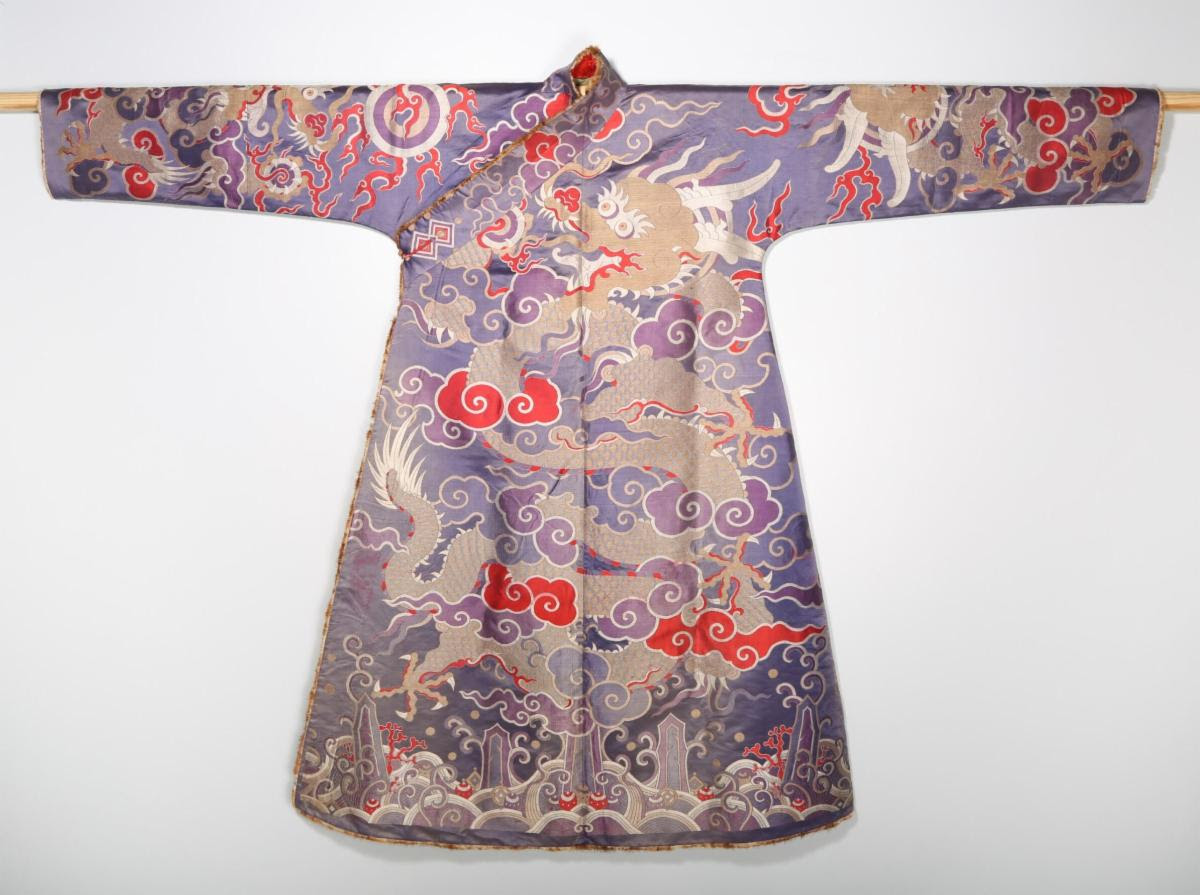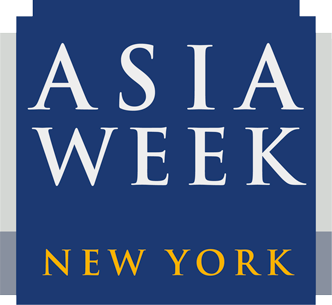ONGOING EXHIBITIONS

Shibata Zeshin, Japanese, 1807-1891, Still Life with Vegetables, 19th century, colored lacquer and gold leaf on paper, 7 1/8 × 10 5/8 in. (18.1 × 27 cm), On loan from The Catherine and Thomas Edson Collection, L.2009.10.3
The Exquisite Art of Shibata Zeshin: Lacquerwares and Paintings
April 27, 2024 – October 27, 2025
The new installation in the Japanese Gallery focuses on lacquer, a medium derived from the toxic sap of trees belonging to the genus of poison oaks. Asian lacquer trees are found in India, China, Korea and Japan, and each country has produced distinctive lacquerwares since ancient times.
Throughout its history, lacquer has been used in a variety of ways for finishes on a wide range of items. In Japan, polished gold boxes embellished with designs in mixed metals and cut and sprinkled gold became one of the exquisite crafts produced as early as the Heian period (794–1185). Black lacquer decorated in gold as well as a warm red lacquer finishes were produced for dining utensils used in Buddhist temples and elite homes.
Japanese lacquerwares reached a pinnacle in the work of artist Shibata Zeshin during the Meiji period (1868–1912). Zeshin was a multi-talented artist who learned traditional painting techniques but was also extraordinarily skilled in using lacquer. Notably, he adapted this difficult medium to painting by inventing a way to maintain the flexibility of the lacquer so that a scroll could be rolled without cracking.
Works on view include sake ewers, stacked boxes for food, storage boxes for paper and clothing, writing boxes with inkstones and brushes, and paintings.
To learn more and view the works, click here.

Yoshioka Ichimonji Sukehide, Japanese, active ca. 1360, Wakizashi (Short Sword), Jūyo Token, Signed: Sukehide, 7th month, 18th year [of the Shōhei era], July 1363, Handmade and polished steel, 13 3/4 in. (35 cm), San Antonio Museum of Art, acquired in memory of Robert R. Clemons with funds realized from his estate, 2022.11.1
Samurai Spirit: Swords, Accessories, and Paintings
Asian Special Exhibitions Gallery, 2nd Floor West
First recounted by oral narratives, the stories of battles, heroic pursuits, and famous samurai warriors became popular subjects of literature, theater, and pictorial arts that have endured through the ages. And their swords, polished and decorated, were revered as treasured emblems of their honorable heritage.
This exhibit features two important fourteenth century swords, a wakizashi, a short sword signed by the maker, Yoshioka Ishimonji Sukehide, dated to July, 1363, and a katana, a longer sword typically wielded with two hands, that were purchased with funds realized from the sale of the late Robert Clemons’s bequest to SAMA. Japanese swords are admired for the strength of the steel, which comes from heating and folding the metal many times, and by shaping the steel to a fine, sharp blade.
Other samurai weapons and objects round out this introduction to a major aspect of traditional Japanese culture.
To view the exhibition, click here.

Tibetan Man’s Robe, Chuba, China, Qing dynasty (1644-1911), 19th century, Brocade silk damask, gold-wrapped silk yarn, polychrome silk yarn, and fur. Purchased with funds provided by the Bessie Timon Endowment Fund and anonymous donors, 2023.2.2.
The Permanent Asian Art Collection
The Lenora and Walter F. Brown Asian Art Wing
In 1990, museum trustees Walter F. and Lenora Brown began donating what has grown to over 500 Asian objects, mostly Chinese ceramics, which surveys the entire 5,000-year history of ceramics produced in China. With additional later acquisitions, the Museum’s collection of Asian art is now among the finest in the nation and is drawn from several cultures across the continent, including China, Japan, Korea, India, Tibet, Nepal, Pakistan, Mongolia, Myanmar, Thailand, Cambodia, Vietnam, Indonesia, and Sri Lanka.
The collection was installed in its new and dedicated space, the 15,000-square-foot Lenora and Walter F. Brown Asian Art Wing, in 2005. With the installation in 2019 on the museum’s grounds of a 12-foot-high, six-and-a-half ton Taihu Rock, gifted by San Antonio’s sister city Wuxi in China, the Asian art collection became part of SAMA’s riverview.
To view the collection, click here.
RECENT PAST EXHIBITION
Envisioning the Hindu Divine: Expanding Darshan and Manjari Sharma
Envisioning the Hindu Divine: Expanding Darshan and Manjari Sharma
March 7 – July 6, 2025
Guided Tours: Sunday, July 6 from 1-2pm & 2:30-3:30pm
Envisioning the Hindu Divine: Expanding Darshan and Manjari Sharma features forty historical objects from India and Southeast Asia and nine photographs by global contemporary artist Manjari Sharma. Bringing together the striking work of the rising contemporary art star with the historic collections of the Birmingham Museum of Art, this exhibition showcases nine of the most significant deities of the Hindu pantheon and their contemporary relevance in art and faith. These works serve as a gateway to the concept of darshan—seeing and being seen by the divine, a profound spiritual exchange of glances experienced through consecrated images of gods. The vibrant, varied, and sometimes contradictory stories of these gods—as well as their familial relationships with each other—are shared through the works in this exhibition.
Contemporary artist Manjari Sharma makes work that is rooted in portraiture and addresses issues of identity, multiculturalism, and personal mythology. Beginning as a multiyear, crowdfunded project on Kickstarter, Sharma’s Darshan series of photographs aimed to recreate the experience of encountering the nine Hindu deities. An extraordinary aspect of Sharma’s work is her commitment to creating each scene without digital manipulation. All items visible in the images were present when photographed, not digitally added later.
Be sure to catch their final guided tours during the last day, Sunday, July 6! Free with special exhibition admission.
To learn more, click here.

